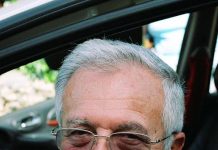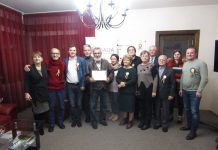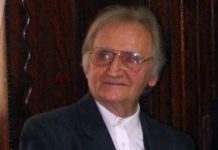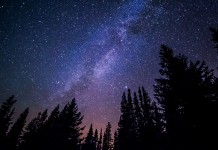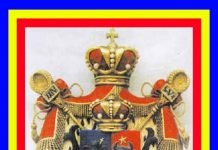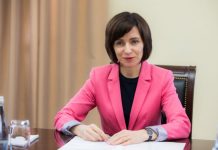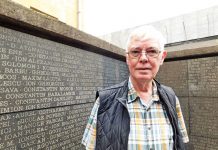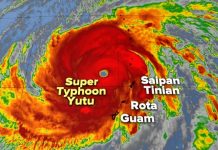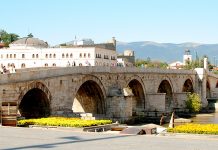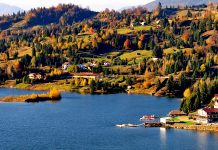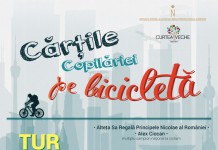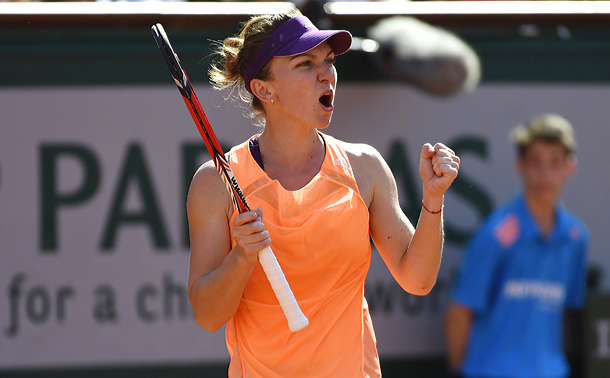 Romania has proven to be a safe destination from both a political and a social point of view, being a country with a growing business potential, both for foreign or Romanian investments. Romania has developed a dedicated infrastructure for hosting conferences and exhibitions, allowing a pro-active involvement in various events of a high profile.
Romania has proven to be a safe destination from both a political and a social point of view, being a country with a growing business potential, both for foreign or Romanian investments. Romania has developed a dedicated infrastructure for hosting conferences and exhibitions, allowing a pro-active involvement in various events of a high profile.
Romania has the advantage of being located in Central Europe, easily accessible from all major capital cities.
Tourists and visitors have good hotel choices in the cities. It is recommended you make and confirm reservations well in advance.
Romania offers a rich tapestry of tourist attractions and vacation experiences some, of them unique in the world: the enchanting monasteries of Bucovina, with their churches entirely covered with frescoes on the outside walls: medieval towns and fortresses in Transylvania; traditional villages in Maramures; the Danube Delta – the largest natural reserve in Europe; fairy-tale castles; the Black-Sea resorts; the majestic Carpathian Mountains; and if you are a Dracula fan, you cannot miss Dracula’s castle in Bran or his birth place in the medieval town of Sighisoara.
Located in Valcea District, at nearly 18 km from Rm.Valcea town, on the valley of the Olt River, sheltered by the afforested Cozia Mountains and Drasunet flat mountainous region, the health resort Calimanesti – Caciulata (260 m altitude) has a mild continental climate, typical for the sub alpine regions, 18 km N of the municipality of Râmnicu Vâlcea (seat of Vâlcea county);
Together with its component Caciulata, it forms the Calimanesti-Caciulata all-season resort of national importance. The climate is characteristic of the sheltered Sub-Carpathian hollows, without temperature contrasts, with cool summers (July average around 20°C) and rather mild winters (January average 1.5°C below). Average annual temperature 9.8°C. Moderate precipitation (750-800 mm annually).
The mineral waters of the health resort are used to cure a large range of diseases in different ways: Internal cure – diseases of the digestive apparatus (including hepatic diseases, gall bladder and gall ducts diseases), kidney diseases and urinary ducts diseases, metabolic diseases .
The natural cure factors are the sparing climate and the springs (discovered in 1827) of sulphurous, chlorided, brominated, sodic, calcic, magnesian, mostly hypotonic mineral waters, with varying concentrations, chemical compositions and temperatures (mineralization between 0.5 and 11.5 g/l; athermal, mesothermal = 41°C, and hyperthermal = 49.5°C). The spa is recommended for the treatment of digestive diseases (chronic gastritis with hypoacidity, chronic constipation, chronic colitis), hepatobiliary diseases (biliary dyskinesis, non-calculous or calculous chronic cholecystitis, chronic hepatitis, chronic pancreatitis, conditions after operations of the liver), kidney and urinary system diseases (kidney lithiasis, chronic pyelonephritis, urinary infections), metabolic and nutrition disorders (diabetes mellitus, hyperuricemic condittions, obesity), respiratory diseases (bronchitis, chronic tracheobronchitis), peripheral neurological disorders (paresis, conditions after proliomyelitis), rheumatic conditions (spondylosis, arthrosis, polyarthrosis, tendonitis), post-traumatic conditions (after sprains, luxations, fractures), gynecological disorders (menopausal ovarian syndrome), ear, nose and throat diseases (chronic rhinosinusitis, chronic allergic laryngitis, etc.), dermatological, cardiovascular and other disorders.
The French doctor Joseph Caillat, who took temporary residence in Wallachia (1854), analysed the Calimanesti mineral waters in 1859, and in 1869 Napoleon III was on a cure of mineral water sent over from Calimanesti. In 1893, the samples of mineral water from Calimanesti-Caciulata won the gold medal at the International Foods and Mineral Waters Exhibition in Brussels. The firsts cure establishments are dated 1910. The present-day facilities include modern installations for warm mineral-water baths in tubs and pools, for electrohydro-, and kinetotherapy, for aerosols and inhalations, outdoor pools with sulphurous thermal water (at Căciulata), mineral water fountains for internal cure, gyms, sauna, swimming pool on the bank of the Olt, etc. At Căciulata there is a sanatorium for children, specialized in the treatment of hepatitis sequels, and the country’s only sanatorium for silicosis patients; at Călimăneşti there is a clinic of the Bucharest Institute of Balneophysiotherapy and Medical Recovery, and a section of the specialized department of the Bucharest Institute of Medicine and Pharmacy.
Touristic draws: the Church of Ostrov, founded by ruler Neagoe Basarab and built over 1518-1522, the Turnu hermitage, with a church dating back to 1676, the Cozia Monastery 5 km from the town, founded in 1387-1388 by voivode Mircea the Old who was buried here, with original murals of 1391; museum sheltering a valuable collection of icons , or the Arutela Roman camp, where Romans discovered mineral water springs.







